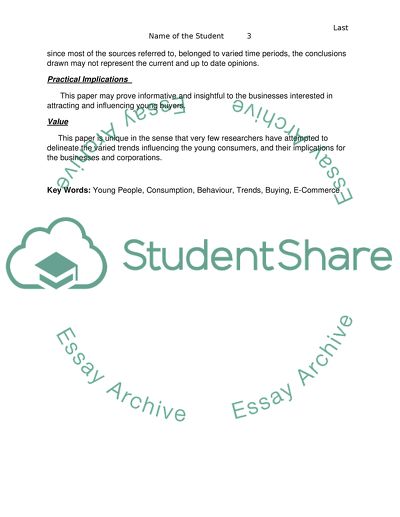Cite this document
(“Why businessman need to know about young people's buying behavior Essay”, n.d.)
Retrieved from https://studentshare.org/environmental-studies/1410668-why-businessman-need-to-know-about-young-people-s
Retrieved from https://studentshare.org/environmental-studies/1410668-why-businessman-need-to-know-about-young-people-s
(Why Businessman Need to Know about Young people'S Buying Behavior Essay)
https://studentshare.org/environmental-studies/1410668-why-businessman-need-to-know-about-young-people-s.
https://studentshare.org/environmental-studies/1410668-why-businessman-need-to-know-about-young-people-s.
“Why Businessman Need to Know about Young people'S Buying Behavior Essay”, n.d. https://studentshare.org/environmental-studies/1410668-why-businessman-need-to-know-about-young-people-s.


